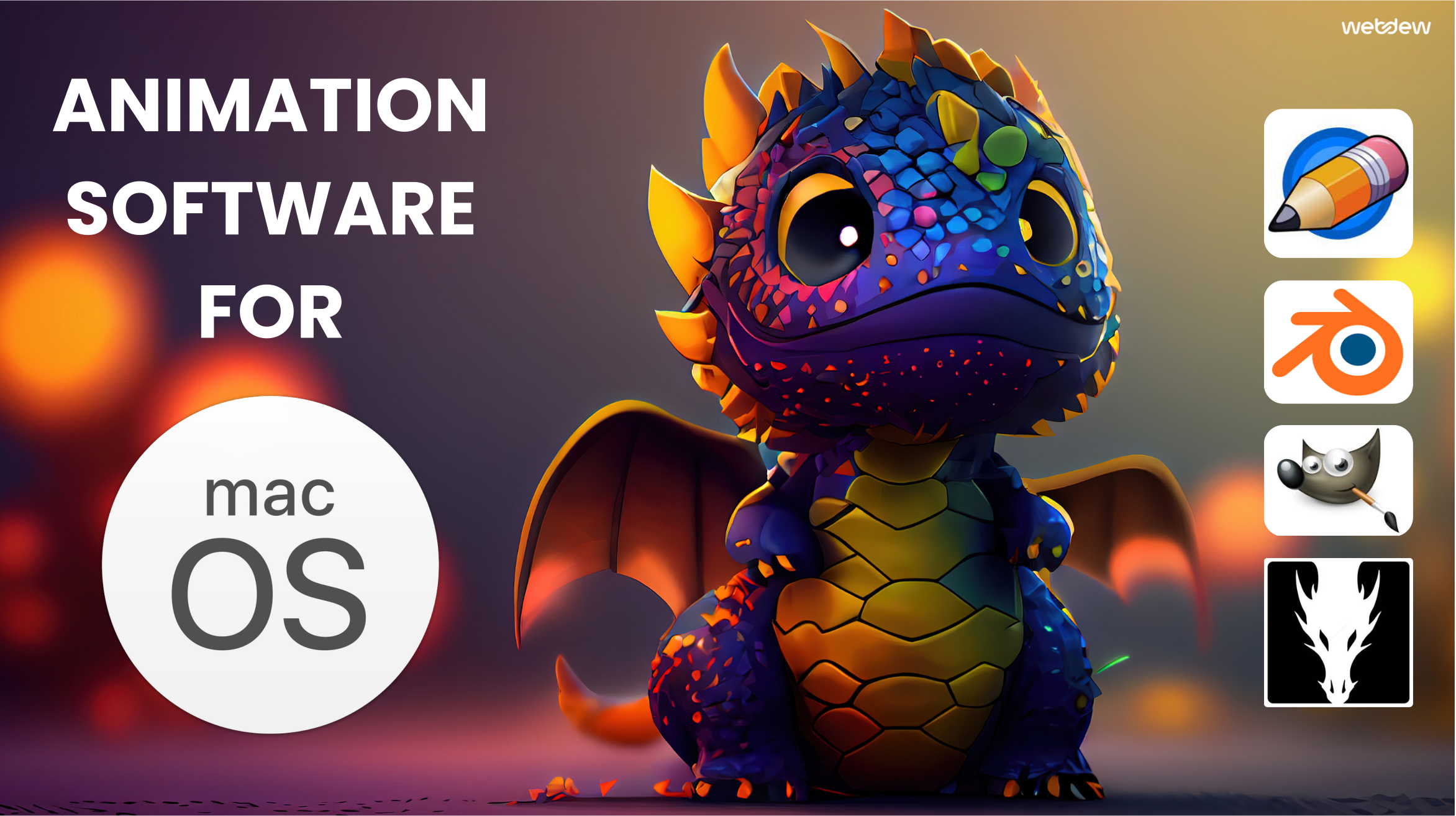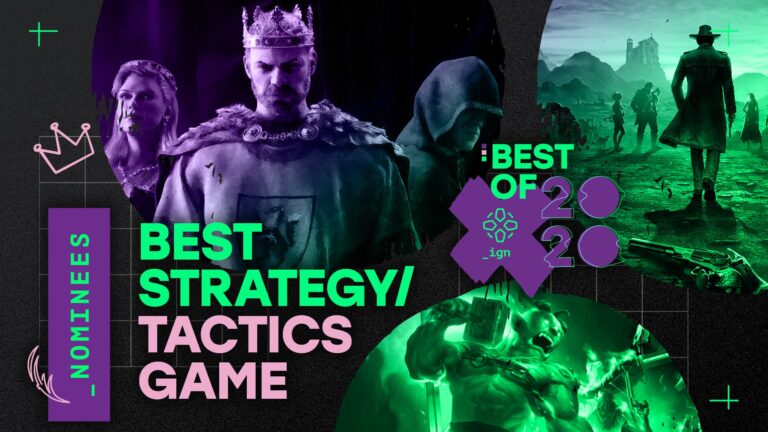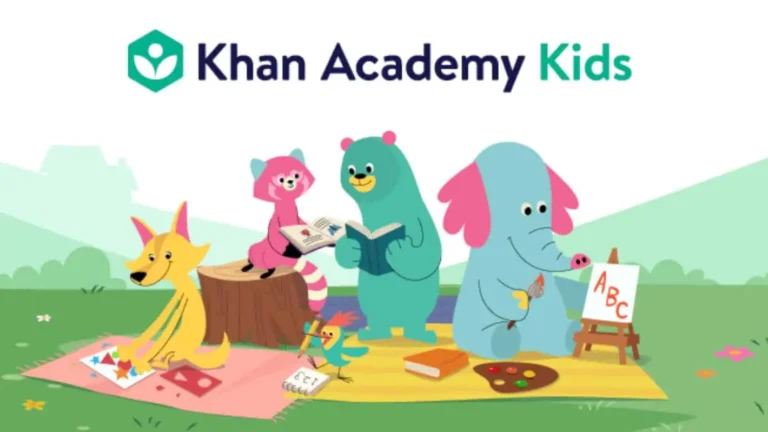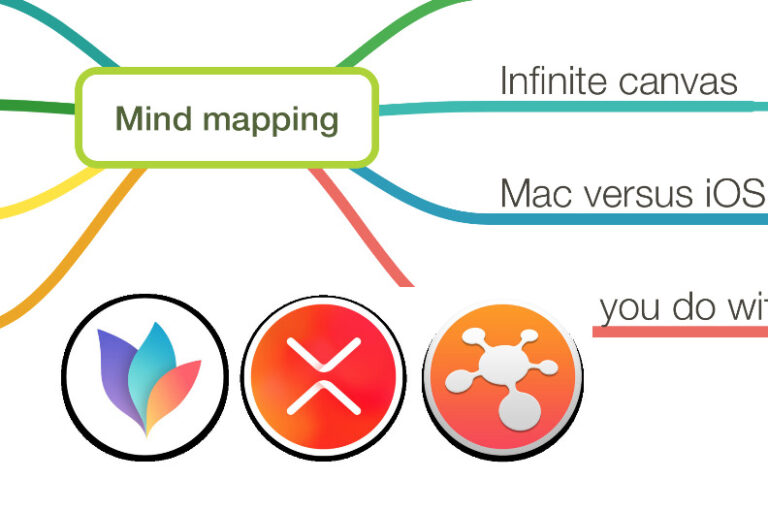5 best macOS apps for animation
Last Updated on May 27, 2024 by Jhonni Jets
Animation has become an essential part of storytelling in modern media. Whether creating animated films, videos, motion graphics, or other visual content, Mac users have access to a wide range of powerful and creative animation software. In this article, we’ll explore 5 of the best macOS apps for 2D and 3D animation.
Whether you’re a professional animator, student, or hobbyist, there is sure to be an app on this list that meets your animation needs and budget. We’ll cover both free and paid options to help you find the perfect tool to bring your animation ideas and projects to life.
Table of Content
1. Adobe Animate

Adobe Animate (formerly Flash Professional) is one of the most full-featured 2D animation programs available for macOS. It provides vector-based tools for creating traditional and motion graphics animations. You can import multimedia assets, add timeline-based animation and interactivity, and publish your work to multiple formats including HTML5, Flash, and more. Animate also integrates seamlessly with other Adobe apps like Photoshop, Illustrator, and Premiere Pro.
Some key features include drawing tools, a timeline for frame-by-frame editing, motion tweening, masking, movie clips, buttons, sound and video integration, and publishing options. The timeline offers frame-by-frame precision for traditional cel animation. Built-in scripting with ActionScript allows for interactive components. Animate is very easy to learn if you have experience with other Adobe software.
A one-time payment gets you the full program, regular updates, and access to a large creative community and training resources. While pricey, it’s an industry standard tool that’s perfect for both amateur and professional 2D animation work. Animate provides everything you need to make polished, interactive content for web, mobile, TV, and beyond.
2. Blender

Blender is a free and open-source 3D modeling, animation, rendering, post-production, and playback software. It is very full-featured compared to other free 3D apps, allowing you to take projects from concept to finished product without financial constraints. Blender has tools for hard surface and organic modeling, UV unwrapping, sculpting, rigging, animation, simulation, rendering, compositing, and editing.
The interface may seem complex at first compared to other programs, but extensive documentation and tutorials are available online. Once you learn the basics of modeling, textures, lighting, rigging, the timeline, and physics-based simulations, you’ll be able to create high-quality 3D animation and VFX content. Blender has a huge global community constantly improving it with monthly updates.
Feature films like Big Buck Bunny, architectural or product viz projects, VR/AR content, character rigs – you can make pretty much any type of 3D project completely free with Blender. It’s open-source nature also makes it great for learning, experimenting, or contributing code. For both professional and amateur 3D animation, Blender is an amazing free option worthy of your time to learn.
3. Toon Boom Harmony

Toon Boom Harmony is an industry-standard 2D character animation software used by many top studios internationally. It is vector-based like Animate but designed specifically for traditional cel animation style. Harmony gives you tools to guide animators through a production pipeline with scene assembly, exposure sheets, layout, drawings, cleanup, inking, painting, animation, effects, and compositing.
Key features include the animation bridge for importing cut-out character rigs and sprites from other software; paperless animation tools; scene planning; rich brushes and inking tools; lip-sync, compositing, and multi-layer cell animation; bone and deformation rigging; camera moves; timeline with keyframes; and output to film, video, web. Templates provide a consistent production look. The Node view is versatile for complex effects.
Toon Boom offers training and support in using their node-based compositing interface for advanced character setup and lighting. It is primarily used for 2D animation in film, TV, and games. While expensive, Toon Boom is the go-to for 2D character animation at both independent studios and big names like Disney.
4. After Effects
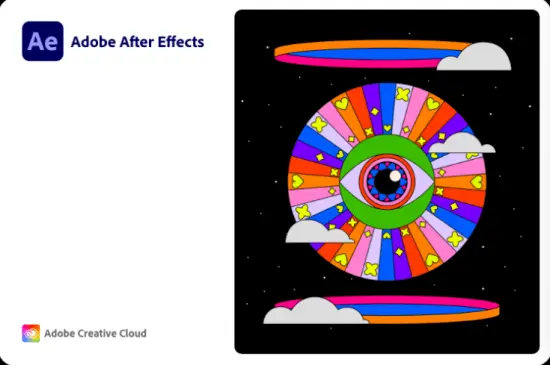
After Effects is Adobe’s industry-leading solution for motion graphics and compositing. It is not primarily a 2D or 3D animation program, but it excels at creating visual effects and animated scenes using imported assets. You can keyframe properties, apply effects and filters, track and stabilize footage, rotoscope, and composite 2D and 3D elements.
Some animation and effects capabilities include shape and text layers, masks, parenting/groups, modifiers like echo, wiggle paths, interpolation, expressions, audio reactive visuals, tracking, keying, and integration with other Adobe apps. Plugins add even more tools for particle simulations, 3D cameras, and other advanced animations.
After Effects is great when working with live-action footage. It is very useful for broadcast titles, commercials, promos, YouTube animations, and motion graphic assets in general. The timeline approach also works well for animating clean vector graphics and illustrations. While not primarily an animation tool, After Effects can handle many common animation and video tasks with its robust feature set.
5. Cinema 4D
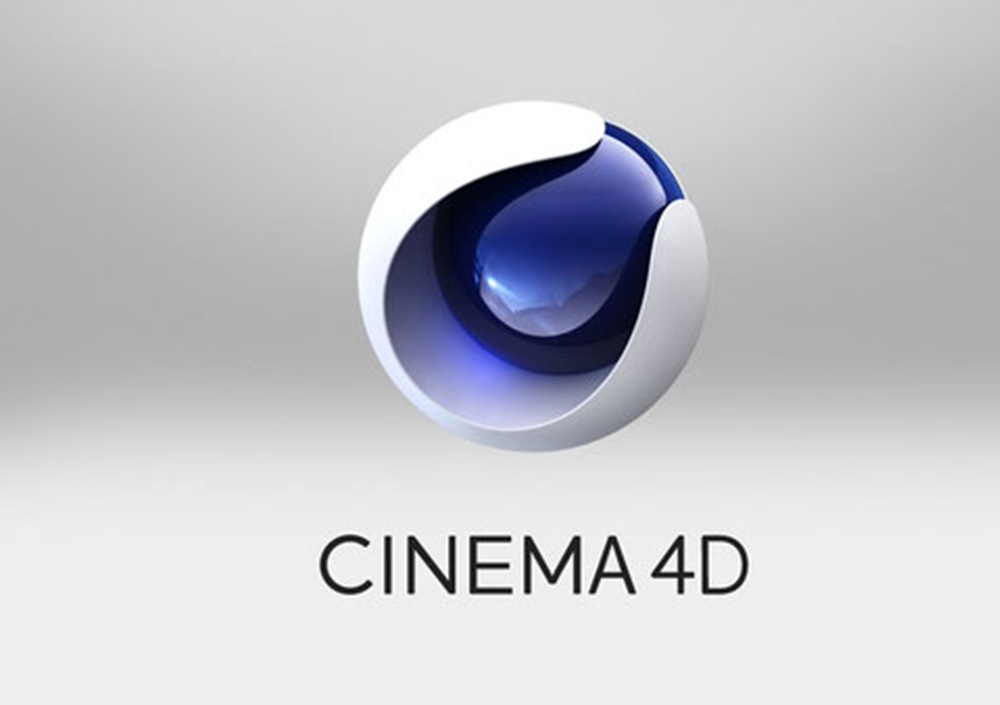
Cinema 4D is a leading high-end 3D modeling, animation, and rendering program used widely in film, television, architecture, and product design visualization workflows. Some key features include polygon, subdivision, and spline-based modeling tools; MoGraph animated cloner objects and dynamics sims; uv, shader, lighting and texture tools; organic and hard surface modeling; character and biped rigging; parametric and dynamic animation controls; camera and effects; and Xpresso scripting.
Projects can be set up quickly using a flexible interface with powerful hotkeys and visual workflow. Templates and presets provide starting points for common tasks. Skeletal rigs, cloner arrays, and dynamics like cloths, fluids, and particles help automate repetitive tasks. Real-time playback in the viewport allows you to preview changes. Customization with Python and Xpresso provides near limitless possibilities.
Cinema 4D’s deep feature set provides an excellent toolset for motion design, VFX, architectural visualization, scientific illustration, and 3D animation. While expensive, it is a primary choice for studios, independent creators, and large commercial studios. The paid versions offer advanced features for large productions.
In conclusion, macOS offers animators an amazing variety of powerful software from inexpensive to industry-leading tools. Both free and paid options were covered spanning 2D, 3D and specialized areas like stop motion. With so many quality choices, any Mac user can find the perfect software to bring creative animation projects to life.

